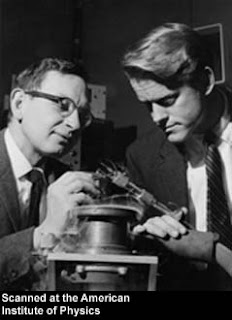Capping it all off
The Times Higher Education Supplement has a nice book review of a new text So thats how it all fits together by the celebrated mathematician John B. Conway. The book is designed for a "capstone" course at the end of a mathematics undergraduate degree. I thought the following introductory paragraph was helpful, and just as relevant to physics undergraduate education (at least in Australia): the increasing modularisation of university curricula has meant that the connections between different areas of mathematics are not always made apparent. Indeed, for many students who attended schools in England, their pre-university experience of mathematics is that it is presented as a range of topics to be mastered for assessment, and which can then be completely forgotten as the learner moves on to the next module. Undergraduates today often express surprise when they discover that a topic covered earlier in the curriculum is required elsewhere later. This attitude is profoundly dep








